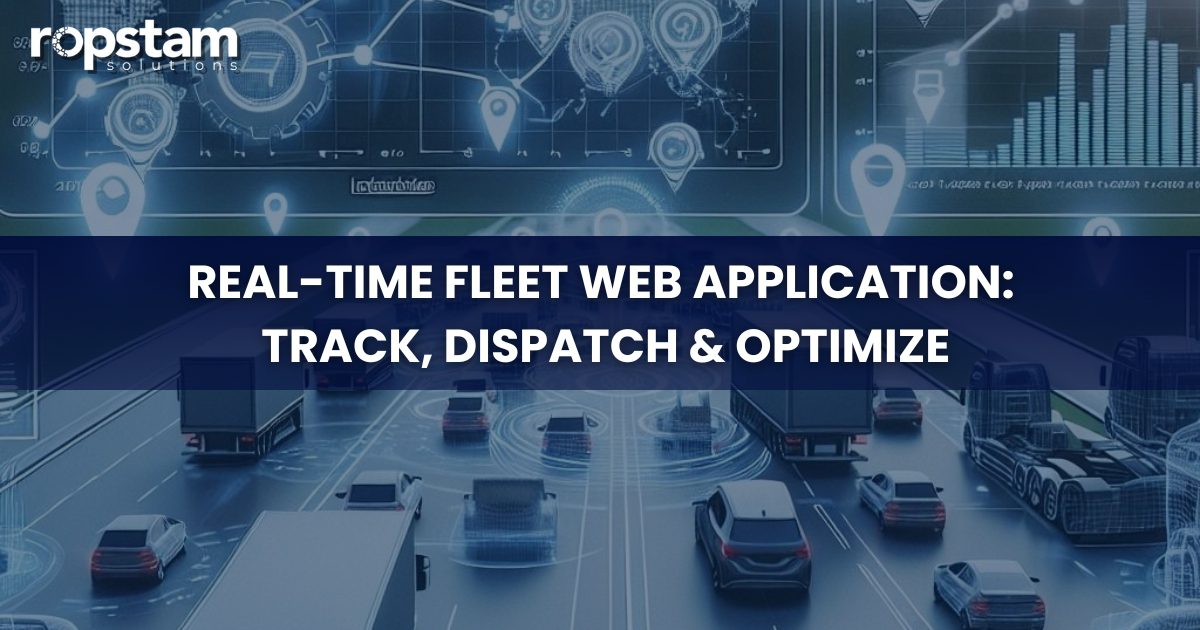In a world that depends more and more on digital tools, schools and colleges are feeling the need to upgrade. Old classroom methods—like taking attendance on paper or manually tracking student progress—are slowly being replaced by smart, automated, and data-driven systems. For teachers and administrators, this shift is not just about convenience. An education web platform helps save time, improve student engagement, and support better decision-making.
For a software development agency, building an education web platform is a huge opportunity. With the right features, these platforms can change how schools work—by automating attendance, giving clear analytics, and managing user roles in an organized way. But success doesn’t come from features alone. The system must be simple to use, secure, and easy to scale as the institution grows.
In this blog, we explore how a modern education web platform can handle automated attendance, meaningful reports, and role-based access. We’ll also talk about best practices, technical needs, challenges, and how a well-designed platform can improve everyday academic tasks.
Why Automate Attendance?
Taking attendance manually takes time, can be messy, and can also be misused (for example, students marking each other present). Teachers waste part of the class calling names, and administrators deal with inaccurate records.
An education web platform removes these problems. It saves time, reduces mistakes, and increases honesty. It also gives real-time information—who is present, absent, or always late. When this data is linked to analytics, schools can quickly identify patterns, such as students losing interest or skipping classes. This helps teachers take early action.
Key Features of an Education Web Platform
1. Attendance Automation
- Geo-Tracking / Location Check: GPS or IP-based checks confirm if a student is actually in class.
- Digital Check-in: QR codes, one-time passcodes, or scan checks make attendance simple and secure.
- Excused Absences: Students can request leave, and teachers can approve or deny it.
2. Role-Based Access Management
- User Roles: Create roles like Admin, Instructor, and Student—each with different permissions.
- Fine Permissions: Control who can see what—like reports, class lists, or system settings.
- Scalable Roles: Add new roles like Department Head or Registrar without breaking the system.
3. Analytics and Reporting
- Attendance Insights: Dashboards showing daily, weekly, and monthly trends.
- Student Engagement: Spot at-risk students with low attendance or participation.
- Downloadable Reports: Export reports in formats like PDF or CSV for records or audits.
4. Notifications and Alerts
- Auto-alerts for students or parents when attendance drops below a certain level.
- Teachers get updates about students who are regularly absent or late.
5. Integration with Learning Systems
- Sync with LMS platforms so attendance can be linked with grades and course progress.
- Support Single Sign-On (SSO) for easy login using existing school accounts.
Technical Architecture & Best Practices
Technology Stack
A strong education web platform usually includes:
- Frontend: React, Angular, or Vue.js for smooth and modern interfaces
- Backend: Node.js, Django, or .NET for powerful APIs
- Database: PostgreSQL or MySQL for attendance records; NoSQL for analytics
- Hosting: AWS, Google Cloud, or Azure for safe and scalable deployment
Data Security & Privacy
- Encrypt everything: Use HTTPS and encrypted databases to protect student data.
- RBAC: Users should only access what their role allows.
- Audit Logs: Keep logs of attendance edits, role changes, and downloads.
- Data Retention: Clear rules on how long attendance data is stored.
Real-Time Features
- Use WebSockets or Server-Sent Events for live dashboards.
- Add caching (like Redis) for faster analytics.
Scalability & Performance
- Use microservices or a modular structure so attendance, analytics, and user roles scale separately.
- Use pagination, indexing, and lazy loading for smooth performance.
- Use a CDN to load UI elements faster.
Testing & Quality Assurance
- Test attendance logic under different real-life conditions.
- Perform security and penetration testing.
Use load testing for busy times like mass check-ins.
Challenges and How to Solve Them
1. Proxy Attendance
Students may try to cheat on attendance. Geo-tracking and QR codes reduce this risk. Add smart rules to flag suspicious check-ins.
2. Privacy Concerns
Location-based attendance can feel sensitive. Always ask for user consent and explain clearly how data is used. Encrypt location data and follow protection laws where needed.
3. User Adoption
Teachers may resist new systems. Make the platform simple, clean, and easy to use. Give training and show how it saves time.
4. Data Accuracy
GPS may be weak indoors. Combine GPS with QR scans or time rules for better accuracy.
A practical example is HereApp, built by Ropstam Solutions. It is a MERN-based education web platform that uses GPS tracking to reduce proxy attendance. It also offers clean dashboards and detailed analytics to help admins and teachers work more efficiently.
Conclusion
Building a strong education web platform is not just about writing code—it’s about creating real change in how teachers manage classes and how students learn. Automated attendance, powerful analytics, and well-structured roles help save time and give teachers meaningful insights. Schools can identify students who need help and ensure fairness and transparency.
For developers, this means choosing the right tools, secure data storage, real-time features, and reliable access control. Security and privacy are extremely important, especially when dealing with location data.
But even the best system must match the workflow of the institution. It needs proper training, seamless setup, and smooth integration with tools like LMS and SSO.
Software agencies that build such education web platforms can make a real impact. They can reduce workload, increase engagement, and help schools make smarter decisions. When institutions adopt these platforms, they move toward a smarter, more modern learning experience—better for students, teachers, and administrators.














